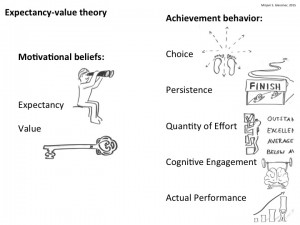
Currently reading Guthrie (2009) on “I’m curious: Can we teach curiosity?”
Teachers often talk about how they want their students to be “curious”. And what that means to them is to be asking themselves questions, but also to stay on track…




